Spring 2025 Newsletter
We have had a busy semester here in Kenyon! Read on to learn more about the happenings in the Vassar Dance Department!
Please contact Helen Ambrose (hambrose@vassar.edu) to be added to the email list.
VRDT
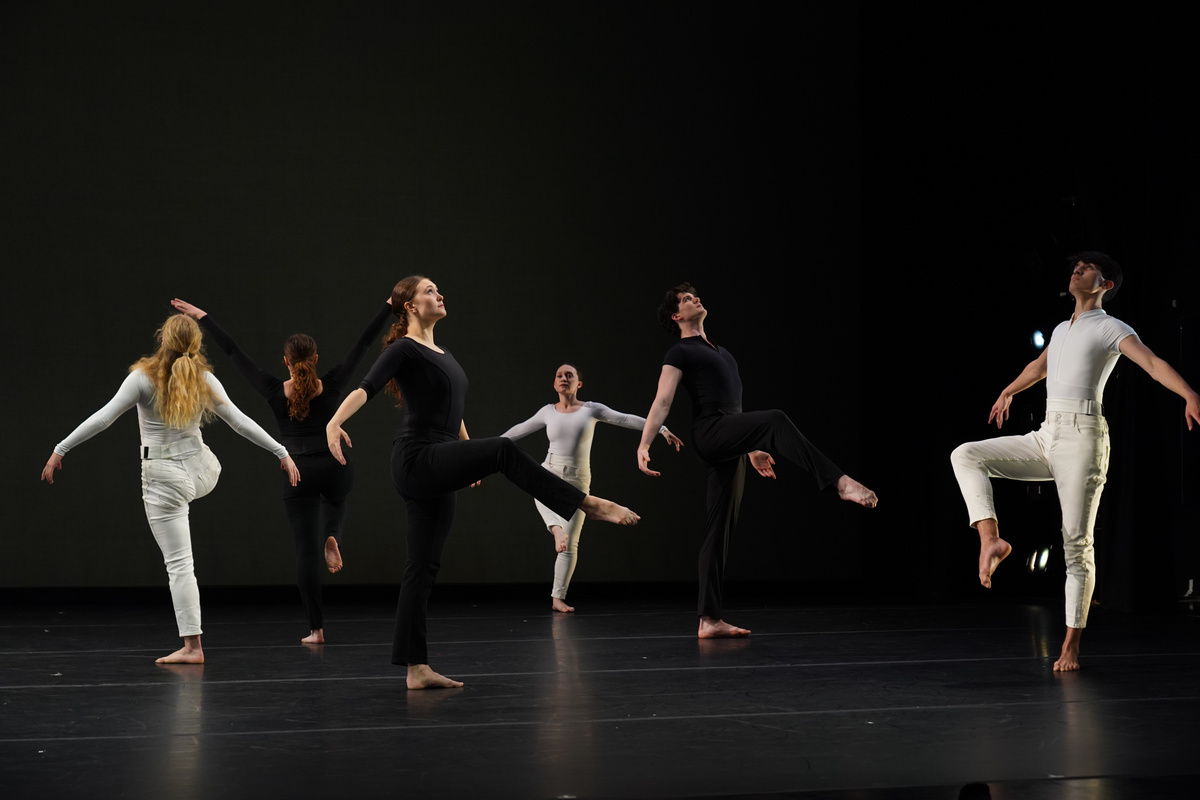
New Works for VRDT: Cunningham and Balanchine
In VRDT’s Spring Concert, dancers performed two works from iconic choreographers, Merce Cunningham and George Balanchine. Cunningham’s TV Rerun first premiered in 1972 at the Brooklyn Academy of Music. The dance includes two camera people who circle the stage and shift the dancers’ focus as they enter and exit the stage. The piece gives dancers choice in their approach to the choreography, allowing the work to be ever changing and evolving. Serenade, choreographed in 1934, is one of Balanchine’s most beloved works. It was the first work Balanchine made when he arrived in America and remains a signature dance for New York City Ballet. VRDT dancers will perform the first section, beginning with the well-known tableau.

On April 4–5, VRDT hosted its first reunion in the company’s 45 year history. Alums returned to Vassar to reunite, observe VRDT rehearsals, take a dance class, and speak with current VRDT members about how dance has remained a part of their professional and social life beyond Vassar.
In Memoriam: Jeanne Czula
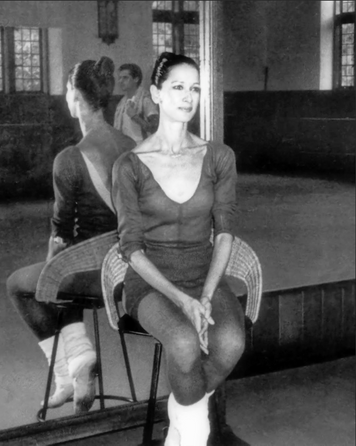
The Dance department held a memorial tribute to honor Jeanne Periolat Czula, Professor Emerita of Dance (1974–2013), who passed away on March 4. Jeanne had a profound impact on the Dance program at Vassar, taking it from part of Physical Education to its own department, and creating the Vassar Repertory Dance Theatre. Her teaching and choreography in Ballet drew students of the highest caliber, many of whom remained close to Jeanne long after graduation.
Student Work
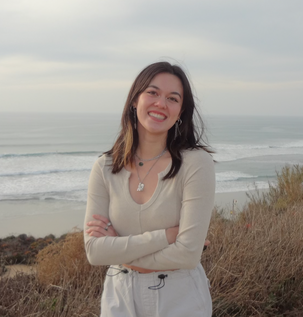
Senior Thesis: Alex Spitzer
VRDT dancer Alex Spitzer ’25 combines cognitive science and dance in her senior thesis titled From Word to Movement: Language as a Scaffold for Dance Learning and Recall. Different styles of dance come easier to people depending on the extent of their experience with the style and the way they prefer to learn movement. Language can often assist with learning in general, especially when associating labels with novel categories. Movement labels already exist in ballet for example, but the effect of these labels on learning and recall performance has not yet been investigated. This study aims to examine the effect of language on learning and recall, specifically whether labeling dance movements facilitates learning and recall.
Senior Independent Study Performance
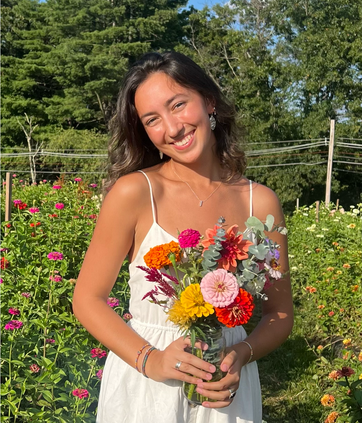
Conversations is an artistic exploration of how we exist in the spaces between everything we experience. The work represents what is created as a result: our relationships to music, each other, and ourselves. —Maia Beaudry ’25
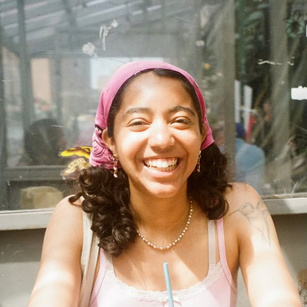
gift + response is centered around themes of creative collaboration and co-authorship. Using a variety of mediums and methods including video art and DJing, we generate a performance experience that thinks through the question: how do we respond to art/music/each other to create new work together? —Nia Bethel-Brescia ’25
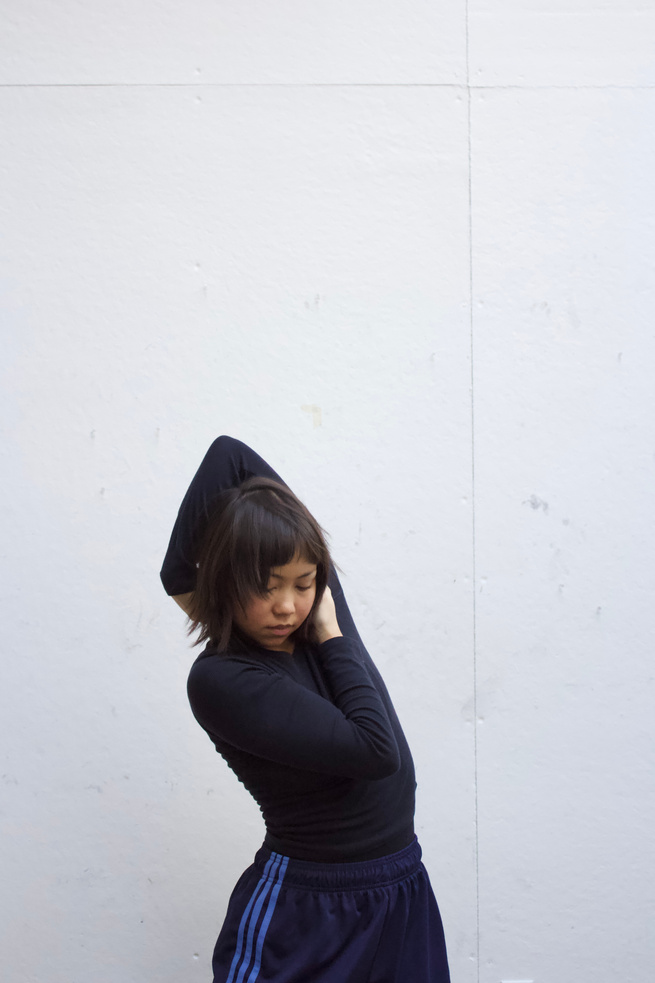
This duet is an intimate exploration of connection, memory, and transformation, moving through moments of nostalgia, playfulness, tension, and vulnerability to capture the complexities of relationships. Beginning with the scene of a home, the piece moves through moments of youthful curiosity before unraveling into themes of tension, distance, and growth, ultimately offering a resolution that celebrates resilience and love’s endurance. —Dana Tagliaferro ’25
Other Senior Work
Sarah Schuster ’25 presented research from her senior project in Educational Studies “Rethinking Authoritarian Ballet Pedagogies”, a year-long exploration into the implications of traditional approaches to ballet education. Her work was presented through a collaborative event entitled “Dance Dialogue” with Talia Roman ’25 who presented her work titled “Dancing Through Body Image, Disordered Eating, and Perfectionism.”
Performance with Vassar College Treble Chorus

Jillian Galimi ’28, Asa Kittay ’28, Cruz Nunez ’26 and Serena Trickle ’28 performed a dance choreographed by Miriam Mahdaviani for the spring Treble Chorus Concert, directed by Susan Bialek, Chorus Director. This was the first collaboration between dance and chorus.
Courses and Workshops
In May: Correlate Class

We applaud Nia Bethel-Brescia, Talia Roman, Abby Rice, Maia Beaudry, Helen Ambrose, Dana Tagliaferro, Alex Spitzer, Ella Albrecht, and Noe Rueschemeyer-Bailey (left to right), class of 2025, who have completed extensive work in technique, performance, choreography, and cross-disciplinary inquiry.
New Courses: Global Dance Forms
A new course introduced students to three global dance styles. West African, Tango, and Classical Indian Dance techniques were taught by established dancers and choreographers including Solo Badolo and Abdoul Aziz Derme (West African Dance), Maia Martinez (Tango), and Parul Shah (Classical Indian Dance). This course was supported by the Natalie Nixon ’91 Global Workshops fund.
Workshop: Abdul Ghani
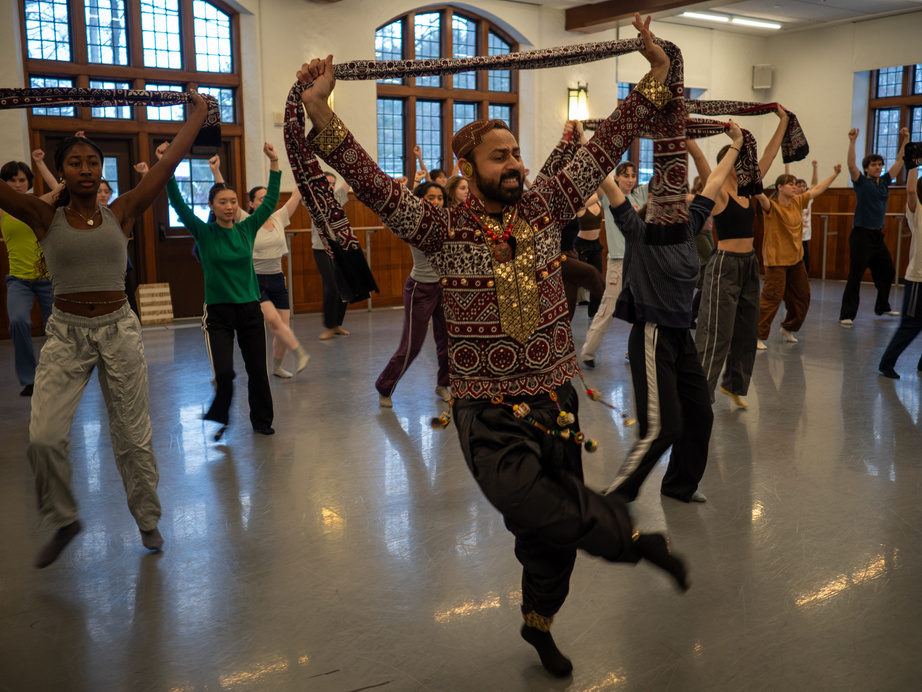
In February, Abdul Ghani, a dance teacher and choreographer from Karachi, Pakistan, visited Vassar with support from Natalie Nixon ’91 Global Dance Workshop fund. He taught two workshops while on campus, including teaching his original choreography inspired by traditional Pakistani dances to VRDT dancers.
Events
MODfest: Parul Shah
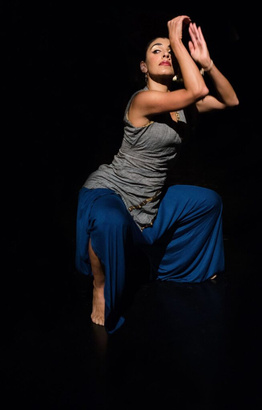
This year’s MODFest performance included an appearance from the Parul Shah Dance Company with live accompaniment. The New York-based group combines contemporary and Kathak dance styles. Their work harnesses the expressive power of Indian classical dance to promote cultural understanding and explore questions around identity and humanity.
ABT Studio Company Field Trip

On March 1st, VRDT dancers traveled to Bard College to watch the ABT Studio Company perform a program that included George Balanchine’s Tarantella, Gerald Arpino’s Birthday Variations, Yannick Lebrun’s Human, as well as other classical and contemporary works. The performance was accompanied by the TŌN graduate musicians. The trip was supported by a generous gift to the Dance Department for Ballet and Contemporary Ballet.
Residencies at Vassar

During this past semester, the Vassar Dance Department hosted two New-York based companies in residency. Both Pony Box Theatre and Battery Dance developed a piece over the course of a week and each performed pieces from their repertoire for the Vassar community.